The main doctrine of Christianity is the belief in the resurrection of the Savior from the dead. In 2024, Orthodox Christians celebrate the main church holiday of Easter, or the Resurrection of Christ, on May 5.
It is dedicated to the resurrection of Jesus Christ, an event that is central to Sacred history. Information about him is contained in all four Gospels – Matthew, Mark, Luke and John.
The holiday got its name from the word “passover”, which translated from Hebrew means “to pass”, “to pass by” (hence – Passover, Jewish Passover, it is celebrated in memory of the exodus of the Jewish people from Egypt). In the Orthodox tradition, the word acquired a different meaning – “the passage from death to life, from earth to heaven.”
The date of the holiday is calculated annually according to the lunisolar calendar, tells euronews. According to the decision of the first Ecumenical Council of Christian Churches in 325 in Nicaea, Easter should be celebrated after the Jewish one – on the nearest Sunday after the first full moon coming after the spring equinox. If the full moon falls on a Saturday or Sunday, it is celebrated on the following Sunday.
Therefore, the holiday does not have a fixed calendar date and falls on different days every year – usually between April 4 and May 8 (between March 22 and April 25 according to the Julian calendar, or old style). To calculate them, a special technique (Paschalia) is used, which serves to determine Easter, as well as the church holidays and fasts that depend on it.
The dates for celebrating Easter among Catholics and Orthodox Christians tend to differ, since Western Christians use the Gregorian calendar, while Eastern Christians use the Julian calendar. Usually Catholics celebrate the holiday earlier, but sometimes Catholic and Orthodox Easter coincide (the last time this happened was in 2017).
The moment of resurrection itself is not described in the canonical New Testament texts. The Holy Scriptures, as well as some apocryphal sources, tell only about the events related to this biblical miracle.
After the death of the Savior, Joseph of Arimathea, a member of the Sanhedrin and a secret disciple of Christ, turned to the Roman governor, the prosecutor of Judea Pontius Pilate, with a request to take the body of the deceased. Having received permission, Joseph buried Jesus in his crypt, located in the garden of Golgotha, and blocked the entrance to the tomb with a heavy stone slab. The Savior's body was buried on Friday (Holy, or Great Friday), the eve of the Jewish Passover.
At dawn on the third day, women disciples of Jesus, who had arrived with him in Jerusalem from Galilee, headed to the cave. They wanted to ritually anoint the body of the deceased with special incense (mirror). Approaching the tomb, the women saw that the stone at the entrance had been moved and the crypt was empty. All that remained in it was the funeral shroud and the scarf with which the Jews covered the face of the deceased. The myrrh-bearing women were the first of Christ's followers to learn about the miracle of the resurrection and informed the rest of his disciples about it. The day on which these events took place is now called Sunday.
Belief in the resurrection of the Savior from the dead is the basic doctrine of Christianity. It is believed that Christ, who died on the cross and rose again three days later, won victory over death itself.
Before the coming of the Savior, according to Christian doctrine, the doors of heaven were closed to all people: both sinners and righteous people fell into the underworld. On the second day after his death (that is, on Holy Saturday, or Great Saturday), Jesus Christ descended into hell and freed from it the souls of the Old Testament righteous and the first people – Adam and Eve. The Savior also opened the way to heaven for those who believed in him.
The doctrine of the descent into hell is based on several texts from Holy Scripture, primarily on the letter of the Apostle Peter. Believers remember the descent of Christ into hell during services in the last week before Easter (the Passion of Christ).
Preparations for the holiday begin during Holy Week – the last week of Lent. Every day is dedicated to memories of the last days of Jesus Christ on earth. Thursday, Friday and Saturday are of particular importance in the church calendar. Holy Thursday is associated primarily with memories of the Last Supper, during which Christ established the main church sacrament – Holy Communion. Therefore, on this day, believers come to the temple and take communion. During divine services in cathedrals, a special rite (rite) is performed: the bishop washes the feet of 12 priests or monks in memory of how Christ washed the feet of his disciples, showing them an example of humility. In addition, on this day it is customary to clean up the house, start baking Easter cakes and dyeing eggs.
On Good Friday, believers remember the crucifixion and martyrdom of Jesus Christ; liturgies are not held; in the evening, a service is held with the removal of the shroud (cloth with the image of Christ lying in the tomb). Then the clergy read the canon “Lamentation of the Virgin Mary.” Good Friday is the only day of the year when churches do not ring bells. A particularly strict fast is prescribed, up to complete abstinence from food.
Saturday is the last day of fasting and at the same time the eve of Easter Sunday. The Church remembers the burial of Christ and his descent into hell, from where he brought out the souls of the righteous and the first people. In Orthodox churches, before the Easter service, parishioners wait for the Holy Fire, which the clergy delivers from the Church of the Holy Sepulcher in Jerusalem. Church candles are lit from it; many believers take the lamp with fire home, where they try to maintain it throughout the year.
All forty days – from Easter to Ascension – are considered holidays in church canons, but the first week is celebrated most solemnly. It is called Bright, like each of its days, and is celebrated “as one day.” At this time, solemn services are held daily, the Royal Doors (doors to the altar), which are closed on ordinary days, are opened, and bells ring everywhere.
The Easter solemn service begins on the night of Easter Sunday, usually around 23:00, and lasts several hours. Its first part is called the Midnight Office. At this time, a shroud is placed on the throne in the altar, which will remain there for 40 days until the Ascension of the Lord.
The beginning of the holiday is announced by the ringing of bells – the good news. Exactly at midnight the solemn early service (matins) begins. Accompanied by the ringing of bells, clergy and parishioners make a procession around the temple three times (procession of the cross) – against the sun or counterclockwise, which symbolizes following towards the risen Christ. At the same time, the procession also symbolically repeats the procession to the tomb of Christ of the myrrh-bearing women, who were the first to learn about the miracle of the resurrection.
During the services, the Easter greeting is said and the answer to it: “Christ is Risen” and “Truly He is Risen.”
Then they serve the Divine Liturgy and consecrate special bread – artos (“leavened bread” from Greek), or “whole prosphora”. It is a symbol of the bread that the apostles left on the table during meals for their invisibly present teacher. In the Orthodox tradition, artos is a tall round bread with an image of a cross and a crown of thorns or an icon of the Resurrection of the Lord. During Bright Week services, bread lies in the church on a lectern in front of the iconostasis, and between services – in front of the open Royal Doors or in front of the icon of Christ. During the procession of the cross, which takes place every day during Easter week, the artos is carried around the temple, then returned to its original place. On Bright Saturday, consecrated bread is divided among all participants in the service.
The main colors of the Easter service are white and red: the first symbolizes divine light, the second – God's love for the human race.
On Saturday, churches begin to consecrate Easter cakes, Easter cottage cheese, and colored eggs. Easter cake is a homemade analogue of artos – a cylindrical bread made from butter dough. It is baked with raisins, candied fruits, dried fruits, nuts, chocolate and more. The blessed Easter cake during the Easter meal, like artos, symbolizes for believers the presence of the Lord next to them.
Easter is made from cottage cheese in the shape of a truncated pyramid – by analogy with the tomb in which the body of Jesus lay. At the top of the Easter there should be the letters “ХВ”, meaning the greeting “Christ is Risen”, on the sides there should be images of a cross, a spear, flowers and other symbols of the suffering and resurrection of the Lord.
The custom of painting eggs was widespread among the Eastern Slavs even before the birth of Christianity and is associated with spring pagan cults. The Christian tradition has put a new meaning into this: the Easter egg is a symbol of life, and the red color of the shell is the blood of Christ, shed for the salvation of people. Eggs painted in one color (“krashenki”) and painted with patterns (“pysanky”) are usually given as gifts to relatives and guests.
The tradition of blessing eggs at Easter is often associated with the parable of St. Mary Magdalene. Arriving in Rome, she presented Emperor Tiberius with a simple chicken egg. When asked what this gift meant, Mary replied that it symbolized the resurrection of Christ and the rebirth of humanity for eternal life. The emperor said that he would believe in resurrection only if the white egg turned red. And then the egg shell changed color.
According to Orthodox canons, on Easter you are not supposed to go to the cemetery and perform funeral services, since this day is considered a holiday of rebirth. The church advises visiting the graves of loved ones on the first Tuesday after Easter week, known as Radonitsa.
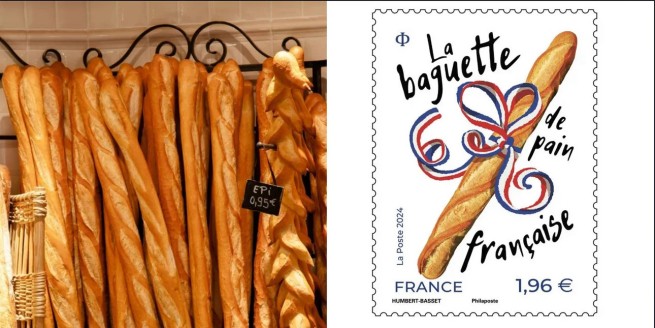
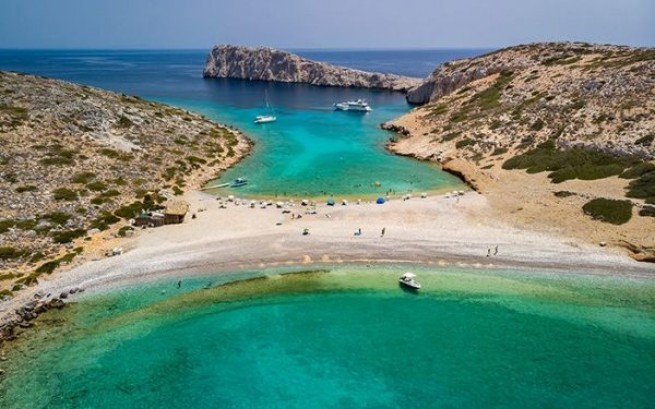
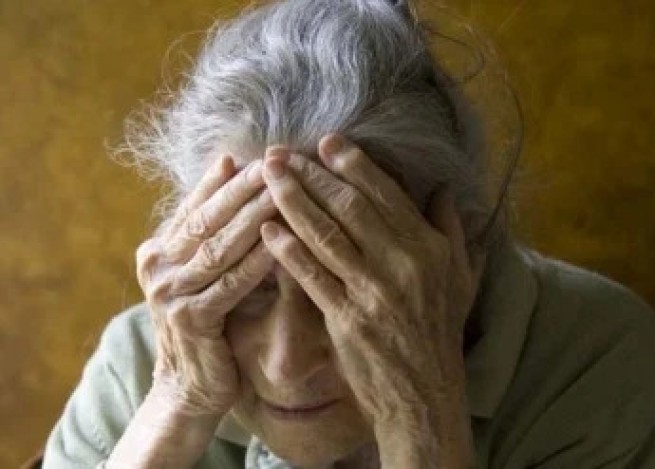

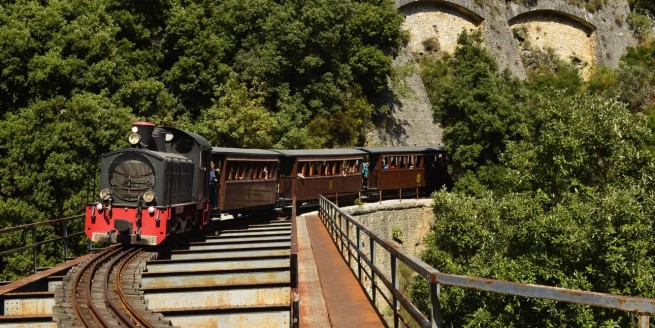
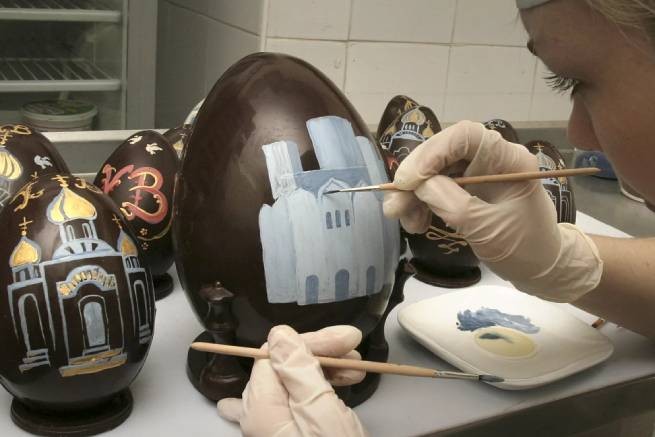

More Stories
The right hand of John the Russian found
Vices and habits of the imperial couple
Archons of Phanar will discuss religious freedom in Athens